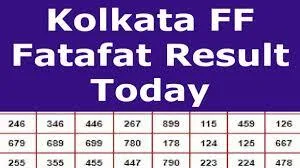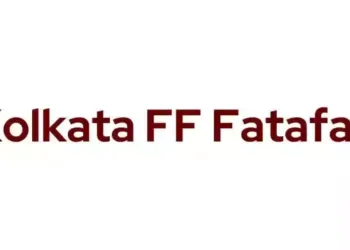The Indian economy continues to display resilience despite global challenges. Following a positive surprise in economic growth, the manufacturing Purchasing Managers’ Index (PMI) for May has also shown expansion, rising from 57.2 in April to 58.7. This indicates the strongest improvement in the sector’s health since October 2020.

All About India’s Manufacturing Sector Boost!
The stocks of purchases showed notable strength among the PMI sub-components, increasing in May at an unheard-of rate. Tracked companies reported improved supply-chain conditions and sustained increases in input purchasing, contributing to inventory growth.
The data for May reveals a sharp and accelerated increase in the number of purchases, with expansion reaching its highest level in over 12 years. Survey participants attributed this growth to ongoing increases in new business and efforts to replenish stocks. This may indicate strong demand across all manufacturing sectors and strengthening supply chain dynamics.

Notably, factory orders have increased for the twenty-third consecutive month, reaching the highest level since January 2021. Advertising, strong demand, and a favorable economic climate were cited as contributing factors. Exports played a significant role in driving new orders, with companies experiencing the fastest expansion in international sales in six months.
Pollyanna De Lima, Economics Associate Director at S&P Global Market Intelligence, commented on the data, emphasizing the robust demand for Indian-made products both domestically and internationally. While rising external commerce creates international partnerships and boosts India’s standing in the global market, the increase in domestic orders strengthens the economy’s basis. These factors have also led to increased employment opportunities in May.

De Lima further highlighted that the record increase in input stocks demonstrates manufacturers’ improved preparedness in managing supply chains. This preparedness allows firms to mitigate potential disruptions, maintain a steady flow of production, and showcase the industry’s resilience in the face of challenges.
Although supply chain improvements and reduced demand for inputs globally helped to restrain input price inflation in May, De Lima pointed out that increased demand and previously absorbed cost burdens led to a more pronounced upward revision to selling charges. Demand-driven inflation, although not inherently negative, could impact purchasing power, pose challenges for the economy, and potentially lead to further interest rate hikes.








